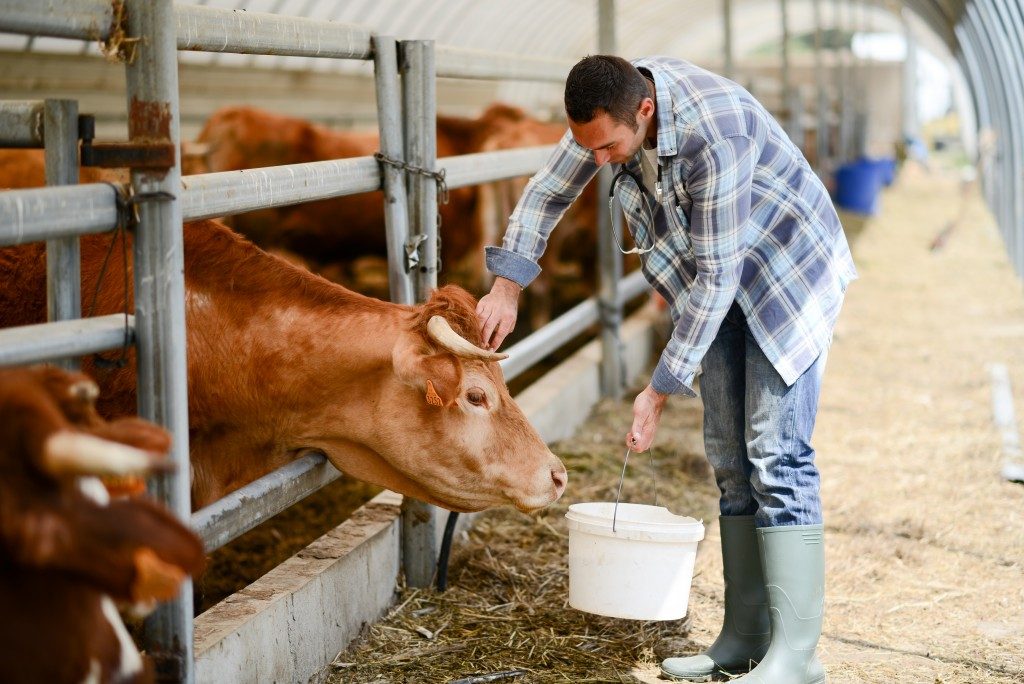Cattle raising is one of the most rewarding businesses in the livestock industry. If you are planning to start a beef farm, here are some essential things to consider:
1. Ask for help
Beef cattle production is a daunting undertaking and an expensive investment. You have to buy extensive farmland that will serve as pastures, breeding space, barn, and cattle stockyards. You also need to be adept with farm management, animal health, nutrition, and market trends.
If you’re a beginner, it’s always smart to ask for help from people you deem as experts. These include veterinarians, livestock specialists, experienced cattle raisers, or agriculture teachers. You can also benefit from reading reputable journals and other educational resources that will teach you the basics of cattle farming.
2. Choose the right breed
Raising cattle requires a great deal of patience and effort, and depending on animals’ age and gender, you might need to castrate, drench, wean, and vaccinate them. For new cattle farmers, polled or hornless breeds are safer and easier to handle. This breed has a good temperament, and you can carry out strenuous handling activities with less apprehension.
However, if you are not at ease in performing challenging activities like castration, you can consider hiring an experienced cattle handler. For beginners, it would be wise to start with grade cows as they are cheaper, readily available, and requires less experience.
3. Buy stock at a favorable time
The best time to purchase commercial beef cattle for your farm is during fall. Most producers market their cattle during this time, so supply is abundant, which means lower prices.
4. Have adequate feed resources
Adequate nutrition is key to cattle’s well-being and productivity. Allow them to graze healthy pastures and choose feeds that are rich in nutrients to improve their resistance to debilitating illnesses. If you want to ensure efficient grazing management, it will be best to fence off smaller paddocks within your farm so you can move your cattle from one portion to another. This is called rotational grazing, which gives the paddocks time to regenerate. Don’t forget to anticipate dry seasons and adverse weather events like floods and drought and secure a back-up feed supply.
5. Get the best healthcare for your cattle
The key to prudent disease control is vaccination. Always follow your vet’s recommendations to avoid conditions that will require costly treatments in the future. Parasites such as ticks are thankless thieves, so you also have to establish a regular deworming schedule. Monitor your cattle and observe them carefully so you can identify ill-health and give timely treatment to injuries.
6. Treat them well

Kindness is the key to establishing a good relationship with your cattle. Treat them the way you like to be treated so you won’t have any trouble getting along with wild and unruly animals. Most of these animals behave that way because no one took the effort to tame them and give them humane treatment. Stay calm and don’t fight them, especially during hauling and loading.
Cattle raising involves a great deal of dedication and entails a lot of responsibilities. But when you stick to proper management practices, it can give you the highest return of investment.

